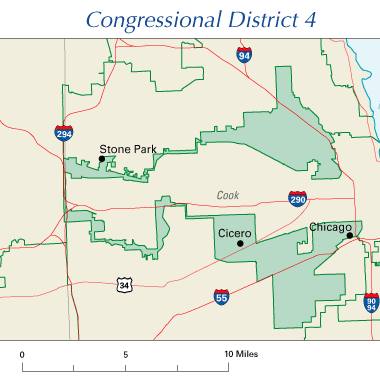Religious Jews often talk about halakhah, and by their self-identification will attempt to frame their practices within a halakhic framework, but few if any can offer a logically coherent or consistent system to describe how halakhah is supposed to work. For example, one of the recurring issues in the Jewish community is what are the rules of halakhic adaptation, how does Jewish Law change, and how do we determine which changes are legitimate or flawed.
This is a subject about which I have discussed extensively on this site and even devoted a 30 part series dedicated to describing The Halakhic Process. However, it appears that for many people on the internet it is too much trouble to listen to classes, consult primary sources necessary for an argument, read long posts with a critical eye towards comprehension, let alone suffer the inconvenience of having to substantiate their own opinions with any semblance of rigor.1
Thus, as a quasi-public service, today I am going to illustrate fundamental differences in approaches to halakhah by actually providing illustrations.
We will begin with a Talmudic aphorism from B. Berachot 8a:
מיום שחרב בית המקדש אין לו להקדוש ברוך הוא בעולמו אלא ארבע< אמות של הלכה בלבד Since the day that the Temple was destroyed, the Holy One, blessed be He, has nothing in this world but the four cubits of Halachah alone.
This is of course a metaphor which I cite less about the presence of God,2 than I do about the boundaries of Jewish Law.

The Four Amot of Halakhah, not drawn to scale
While many may be familiar with the “cubit” as a unit of measurement, the idiom of “4 cubits” imply not a flat straight line but an area with those dimensions. Thus, far from being monolithic, halakhah allows for a range of opinions and practices, provided they fall within the objective boundaries. What this means is that within the halakhic area, it is not the distance between two points which matter, but whether or not one is inside or outside the lines.
Consider for example that two individuals could find themselves within the halakhic area despite a relatively long distance between them:

Technically be just less than 4√2, but you get the idea
But an individual may find himself on the outside of the halakhic boundary, even if he is relatively closer to the other:

Crossing the line
For individuals who cannot define clear, coherent, and consistent system of defining the boundaries, the ill-defined “good” or “bad” opinions must take precedent. This is a very confusing point for those who wish to speak about halakhah while lacking a system of delineation. In order to maintain their tautological system of always being correct simply because they say so, the area of acceptable halakhah is not a clearly defined area, but rather gerrymandered specifically to include or exclude individuals and opinions as their respective bias dictates, independent of any objective system or accountability. In this “system,” the halakhic area more closely resembles something like this:

IL Congressional District 4, via Wikimedia
Individuals following this “system” are always free to claim they are following halakhah since they have the liberty of defining those boundaries at their best convenience, most frequently in their selectivity of determining the legitimacy of changes or innovations.3 This applies equally to those who insist on being simultaneously committed to “tradition” and “change” and those who say “we follow the Ramo except when we don’t.”
For there to be any intelligent or productive conversation on a given topic, all parties must agree to share core definitions – at least for the duration of that discussion. I suggest that many of today’s halakhic arguments may be reduced to the lack of definition for what constitutes halakhah. Whether or not this ambiguity is intentional and perpetuated by design is left up to the individual, but its negative impact on halakhic discourse is undeniable.
Notes
- See for example the comments of John Stuart Mill discussed here way back in 2006.
- See Maimonides’ comments in his Introduction to Mishnah:
והתבונן בדברים אלו, שאם תבינם כפשטם ייראו בעיניך רחוקים מאד מן האמת, כאלו ארבע אמות של הלכה בלבד הם התכלית, ולהזניח שאר המדעים והחכמות, ובזמן שם ועבר ושאחריהם שלא היתה הלכה בלי ספק שלא היה להקב”ה בעולמו כלום. אבל אם תתבונן בדברים אלו התבוננות מעמיקה, תמצא בזה חכמה נפלאה, ותמצאהו כולל הרבה מן המושכלות, והנני מבארו לך כדי שיהיה לך זה דוגמא לכל מה שיזדמן לך ולכן התבונן בו היטב. - Ironically, when confronted with their own arbitrariness, these individuals are most likely to accuse those who dare challenge them to define their boundaries with arrogance. Some will even project their own halakhic imperialism – e.g. “so you’re right and everyone else must be wrong” – on the tautological basis of their own self-defined “Consensus.”